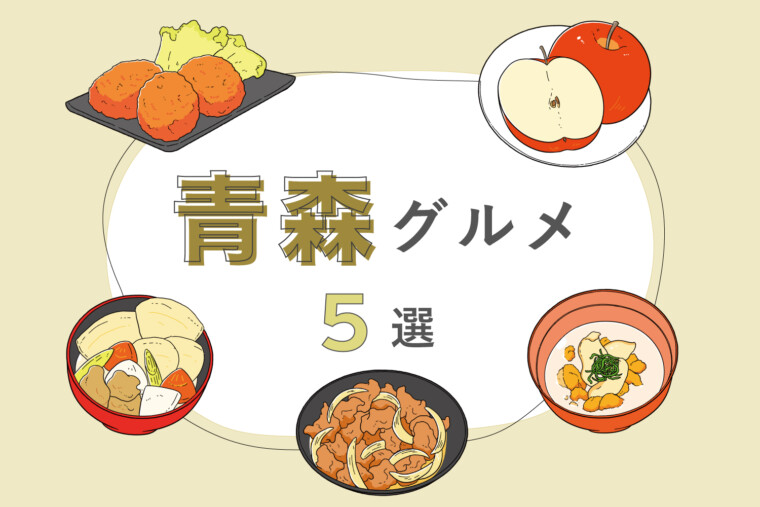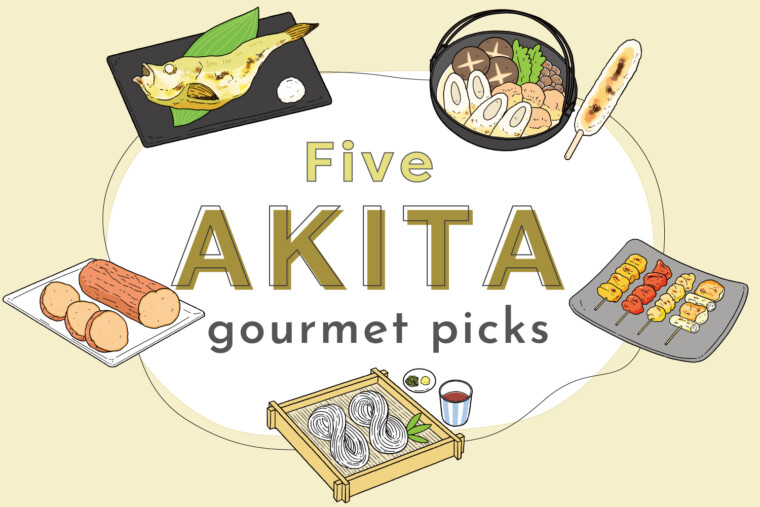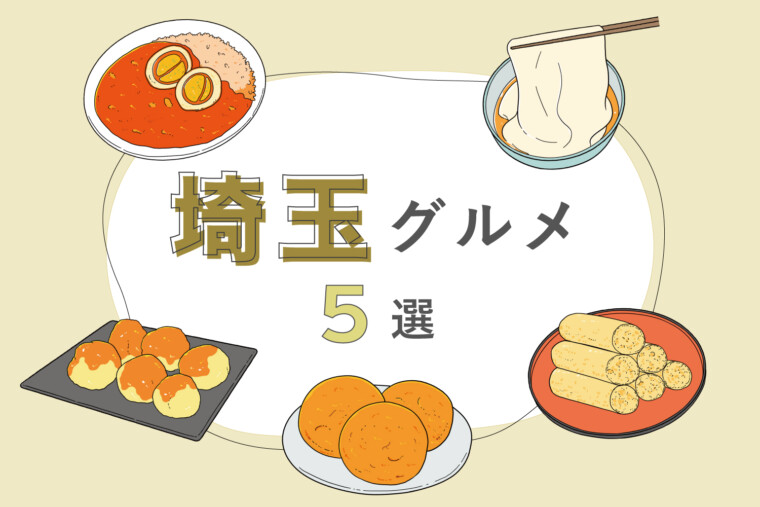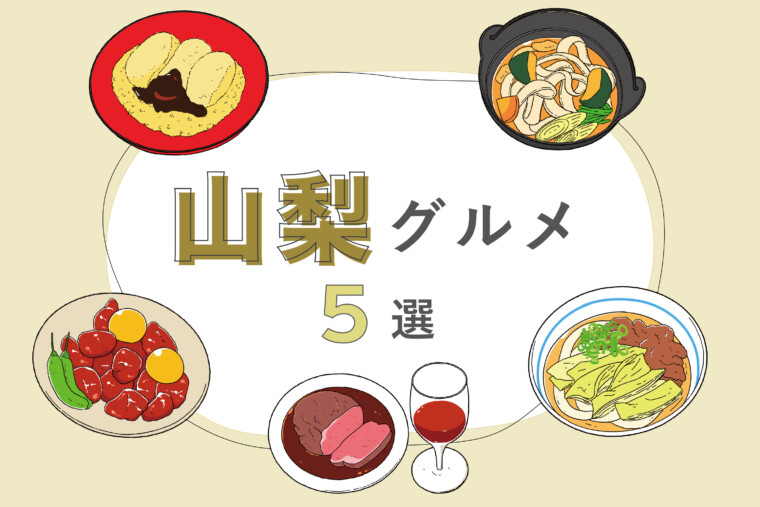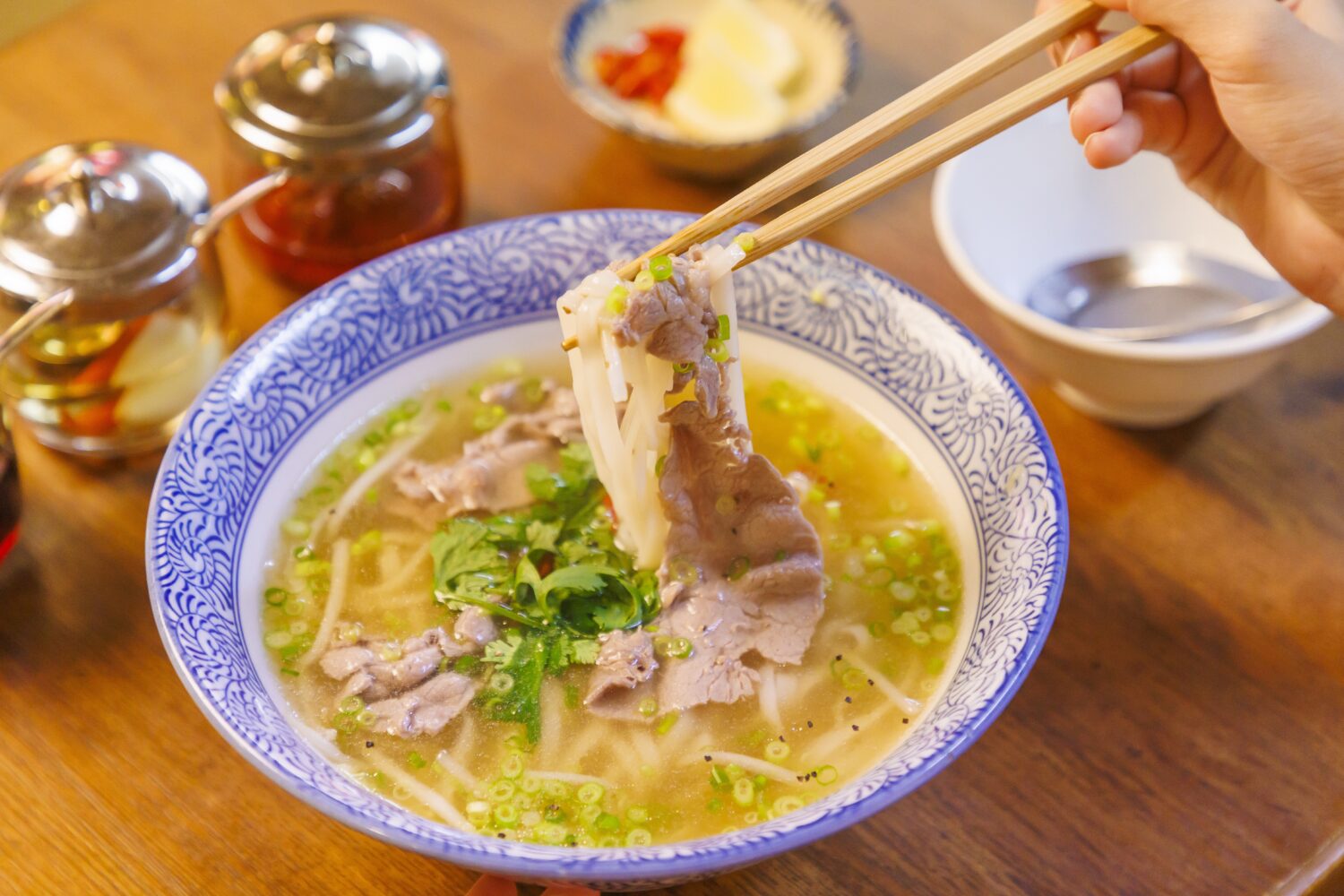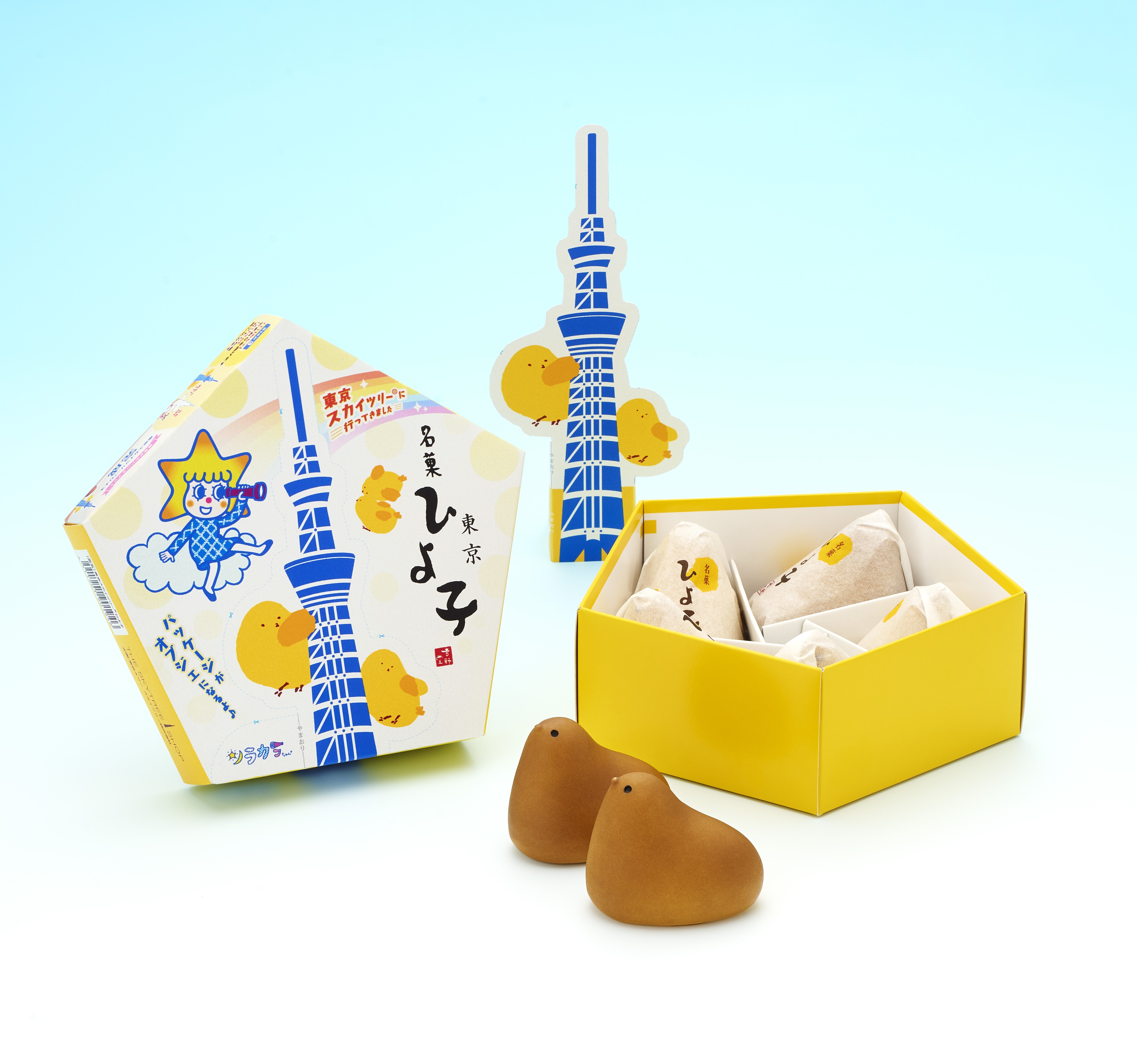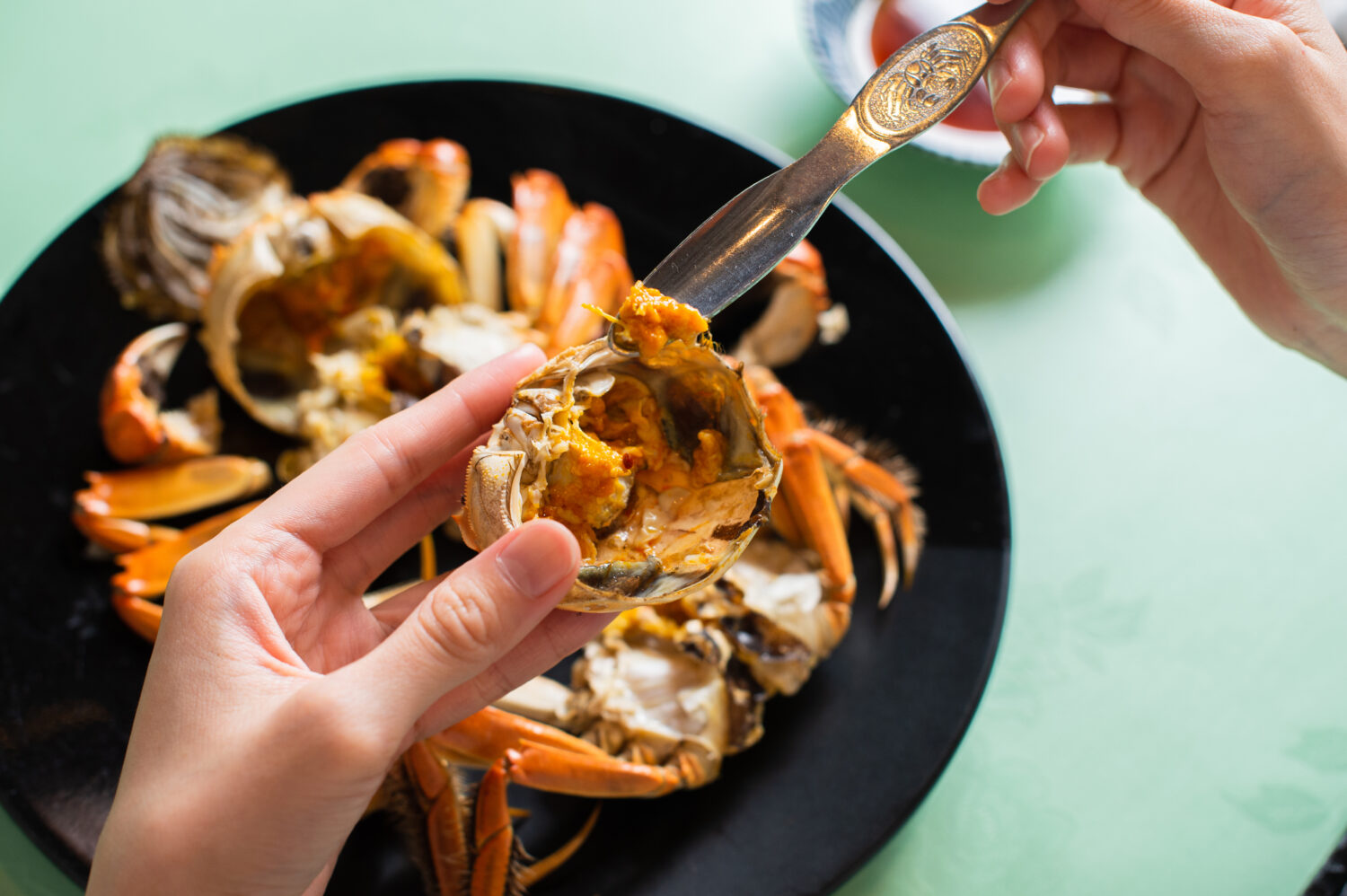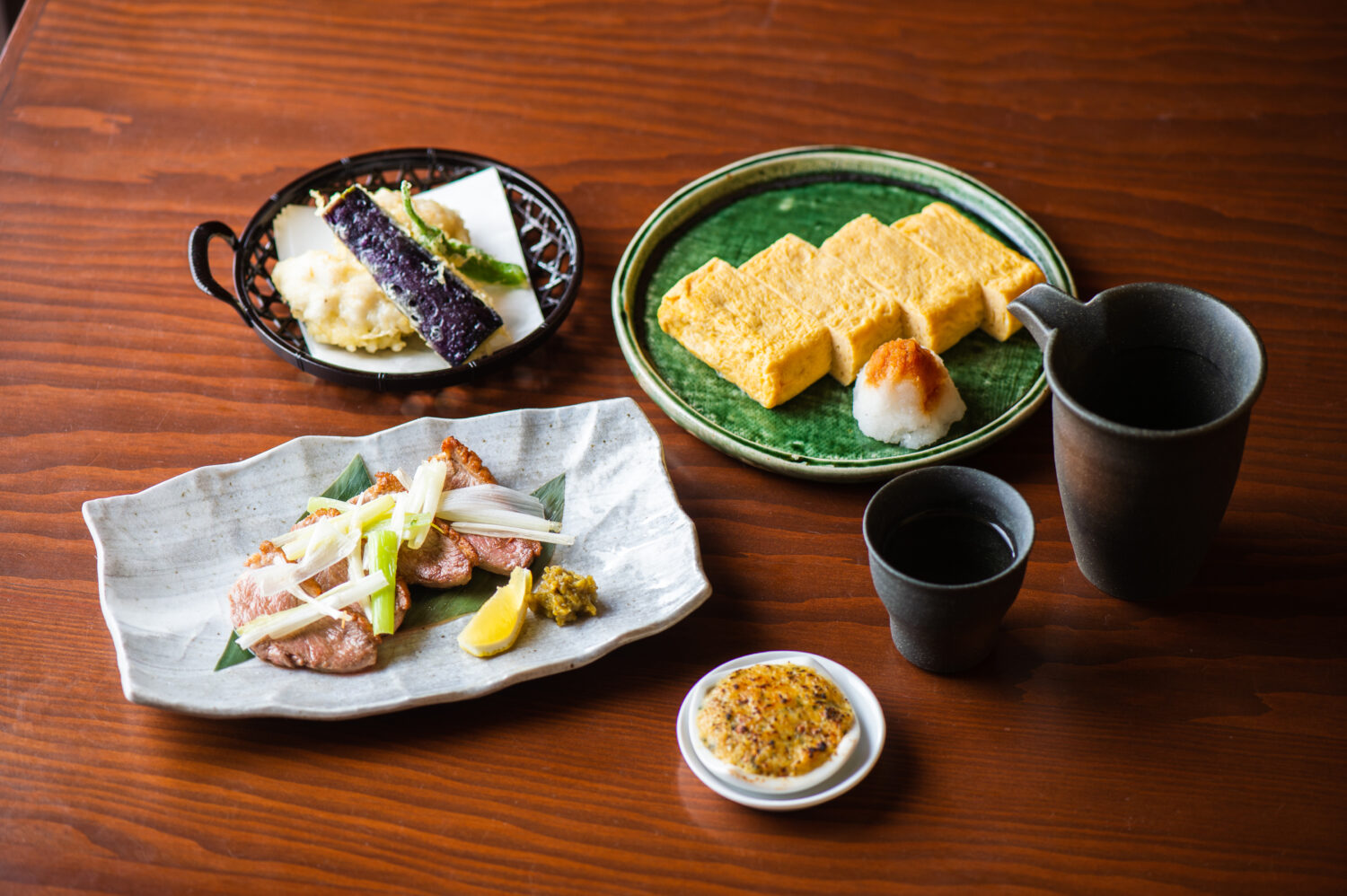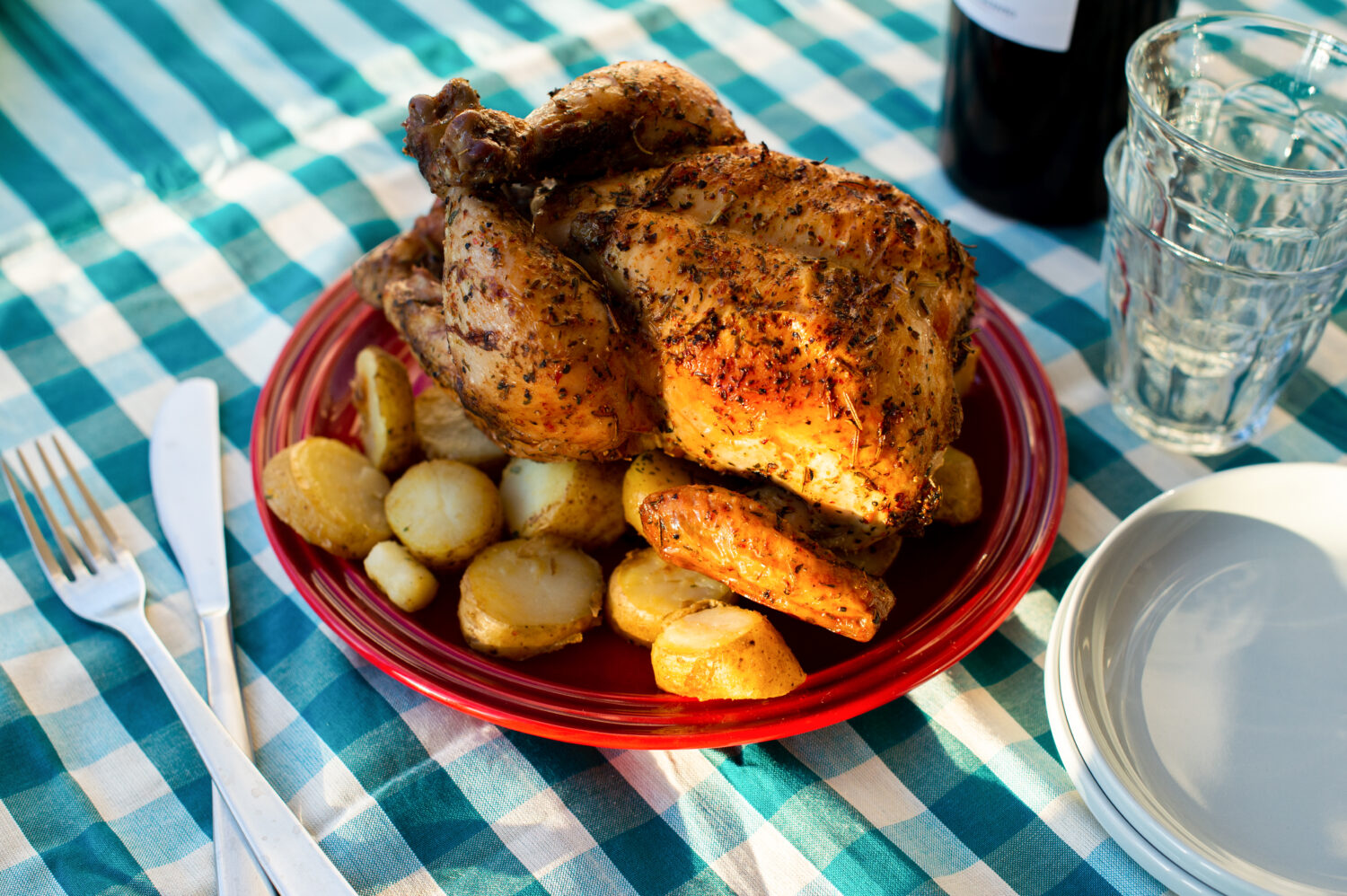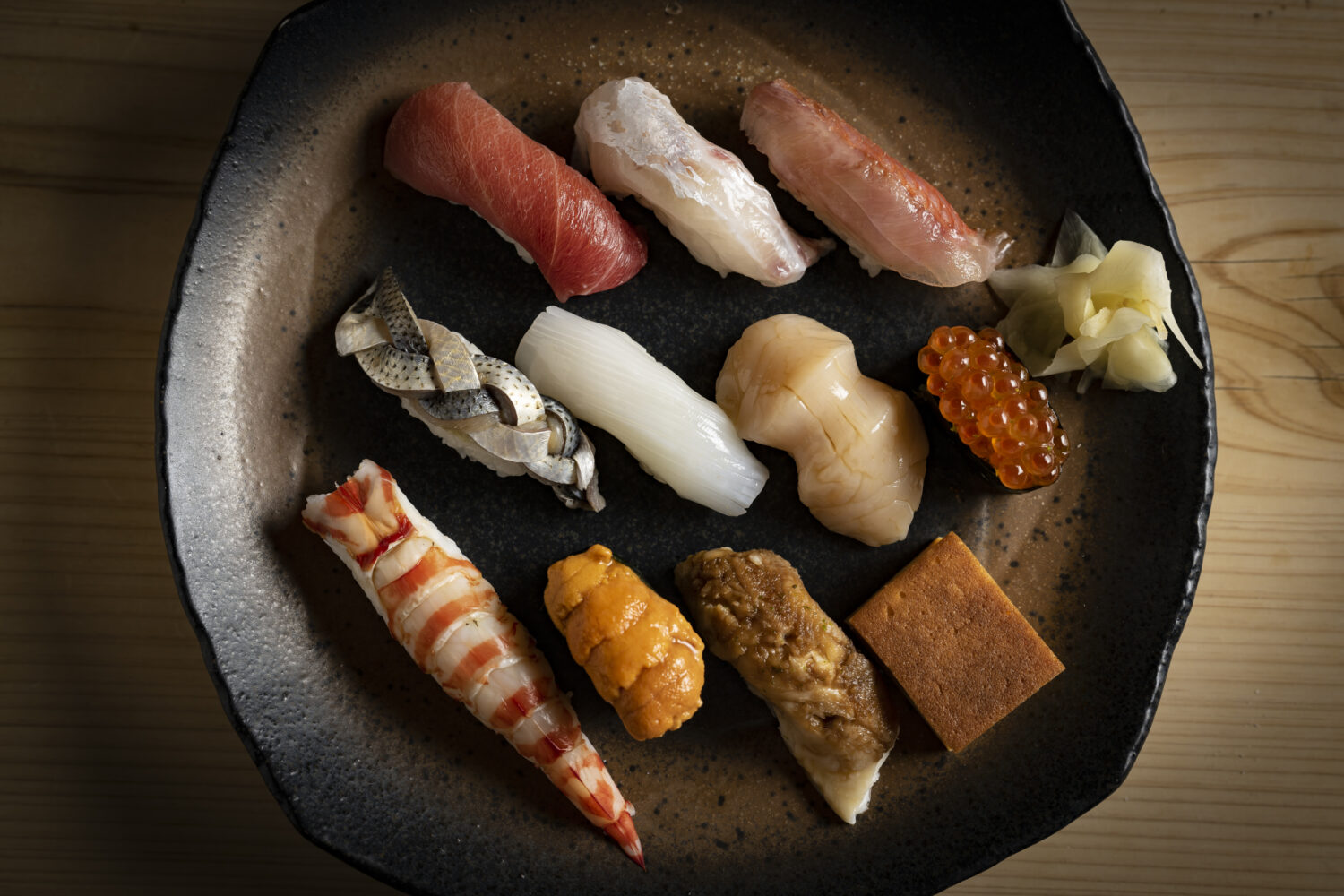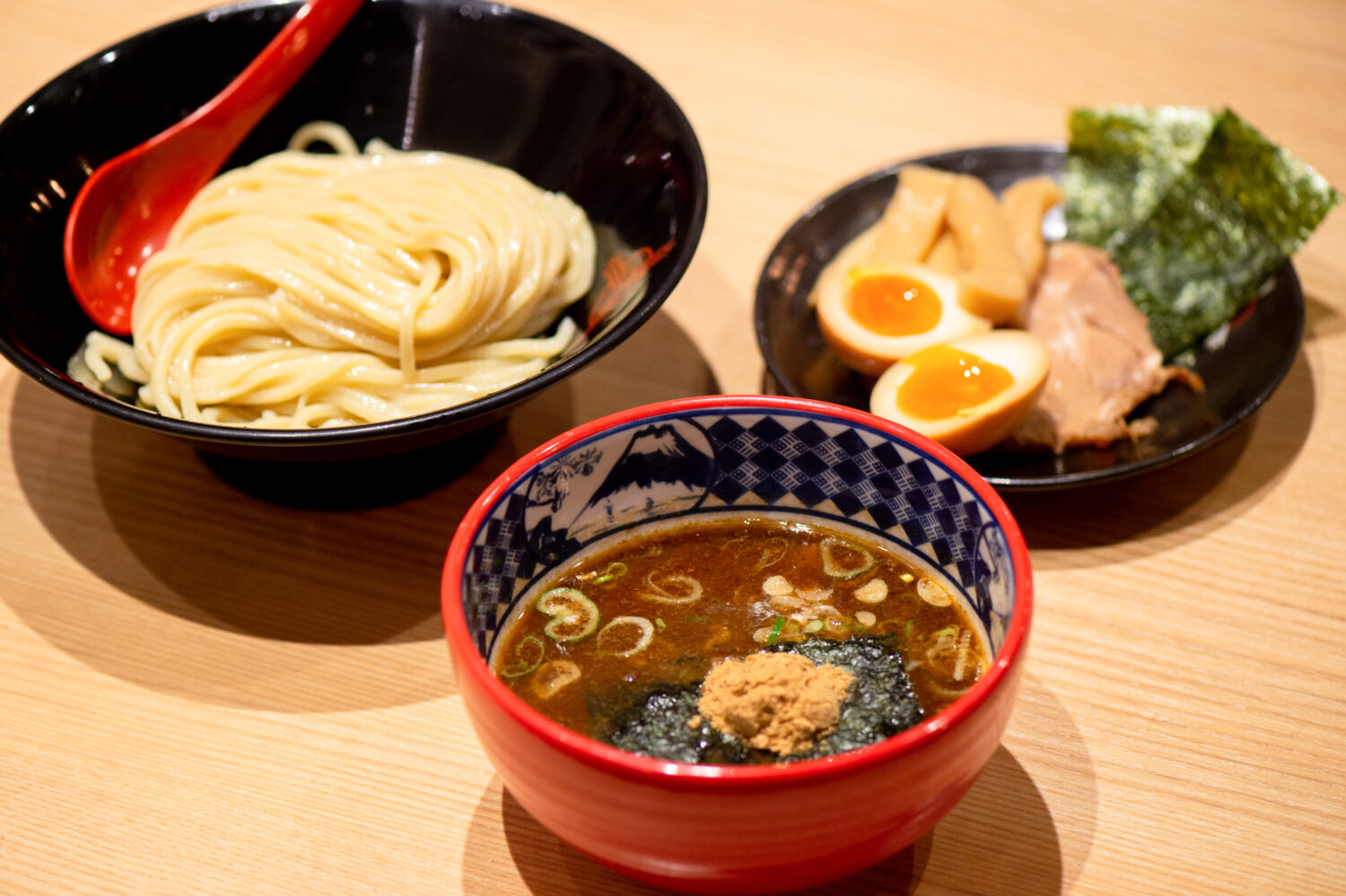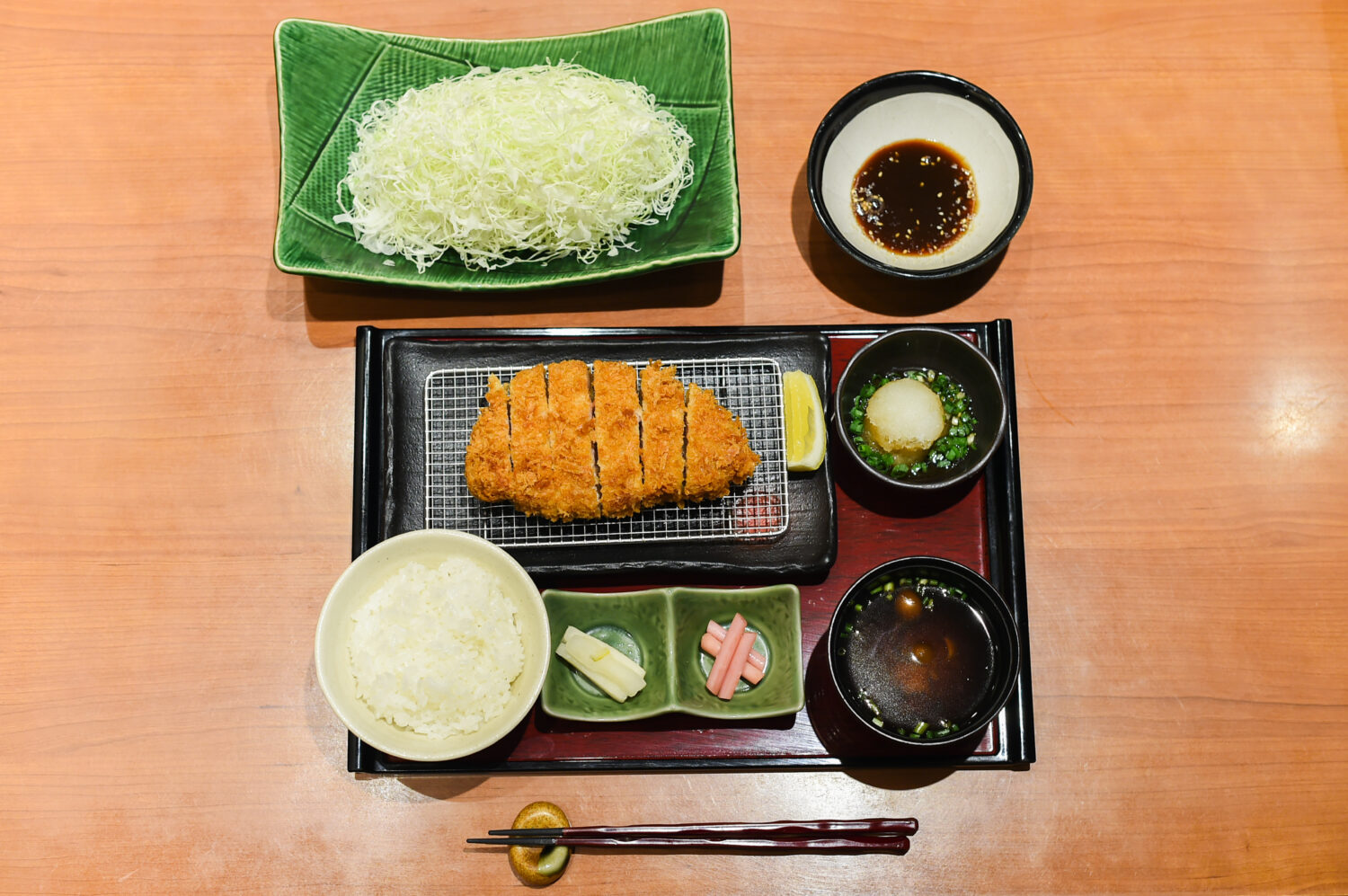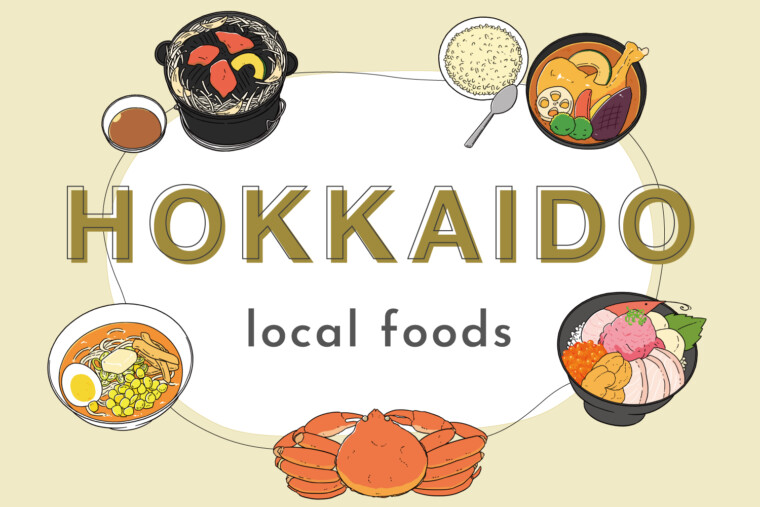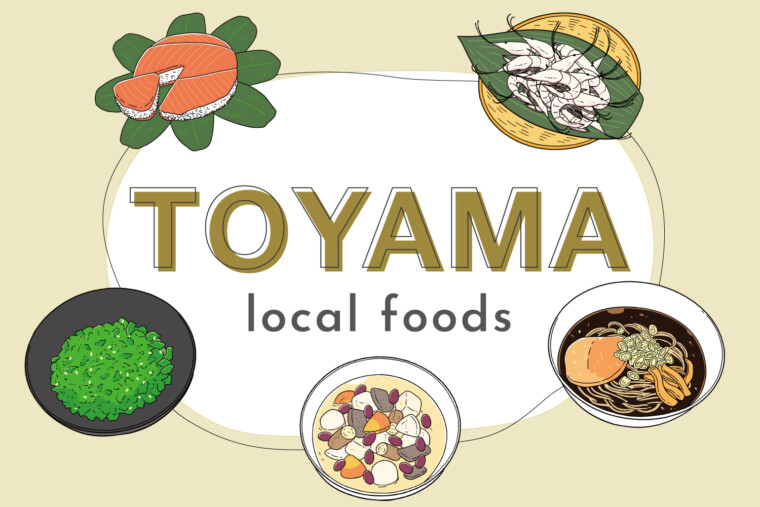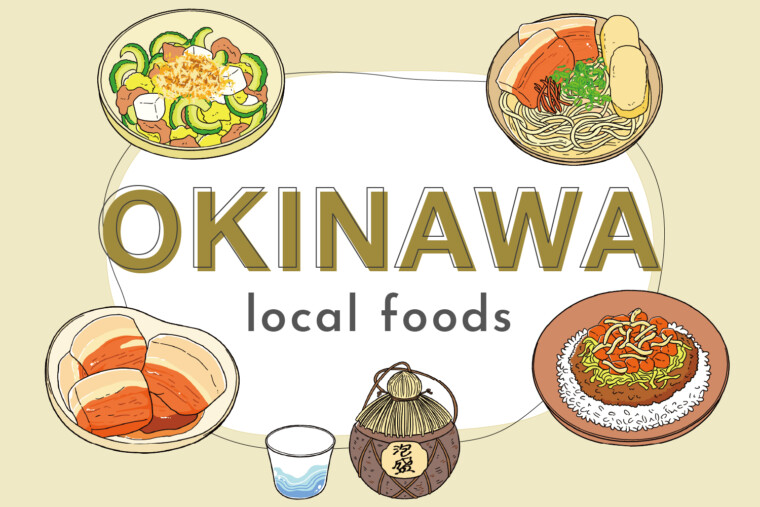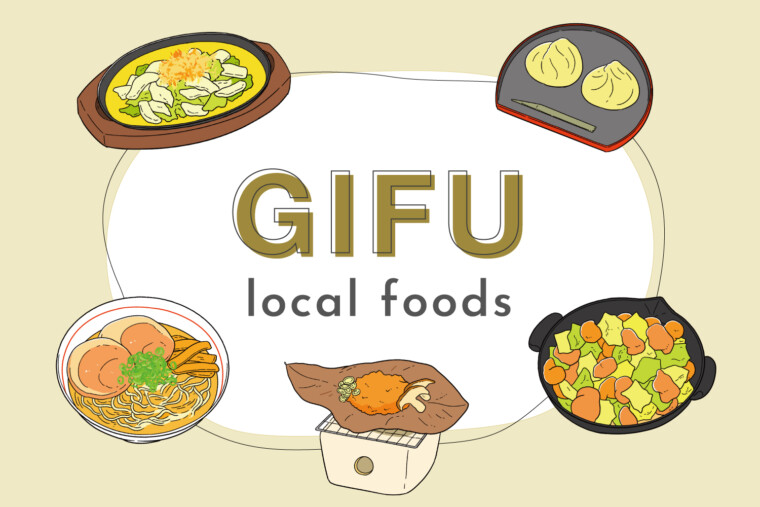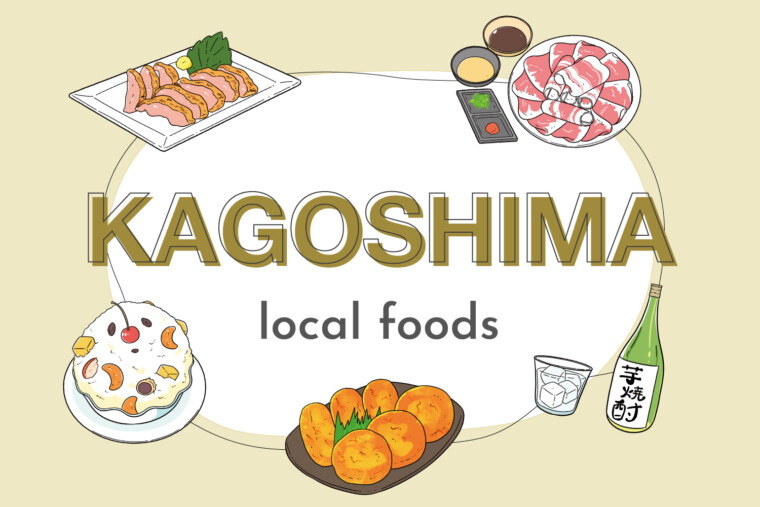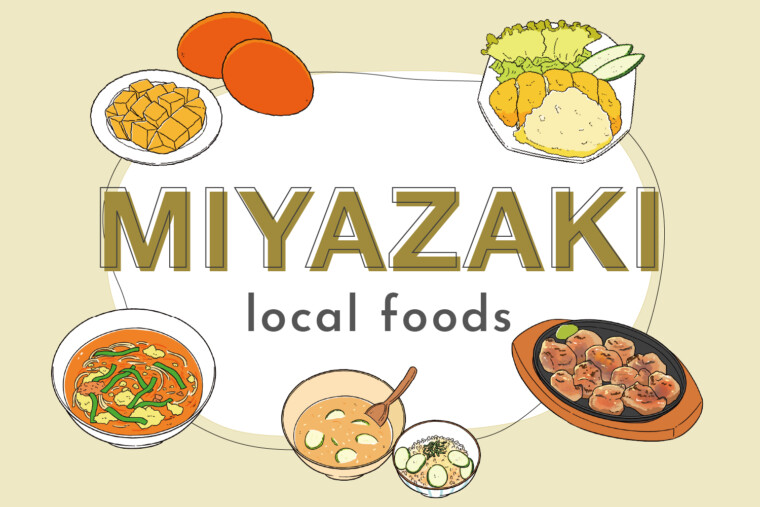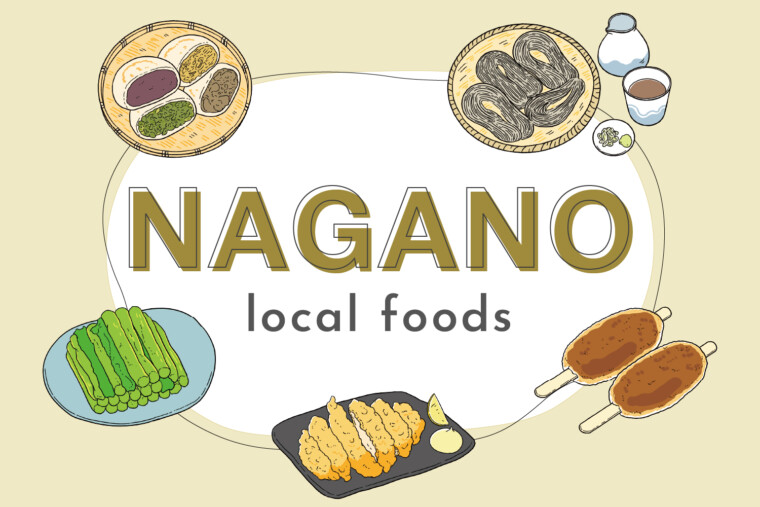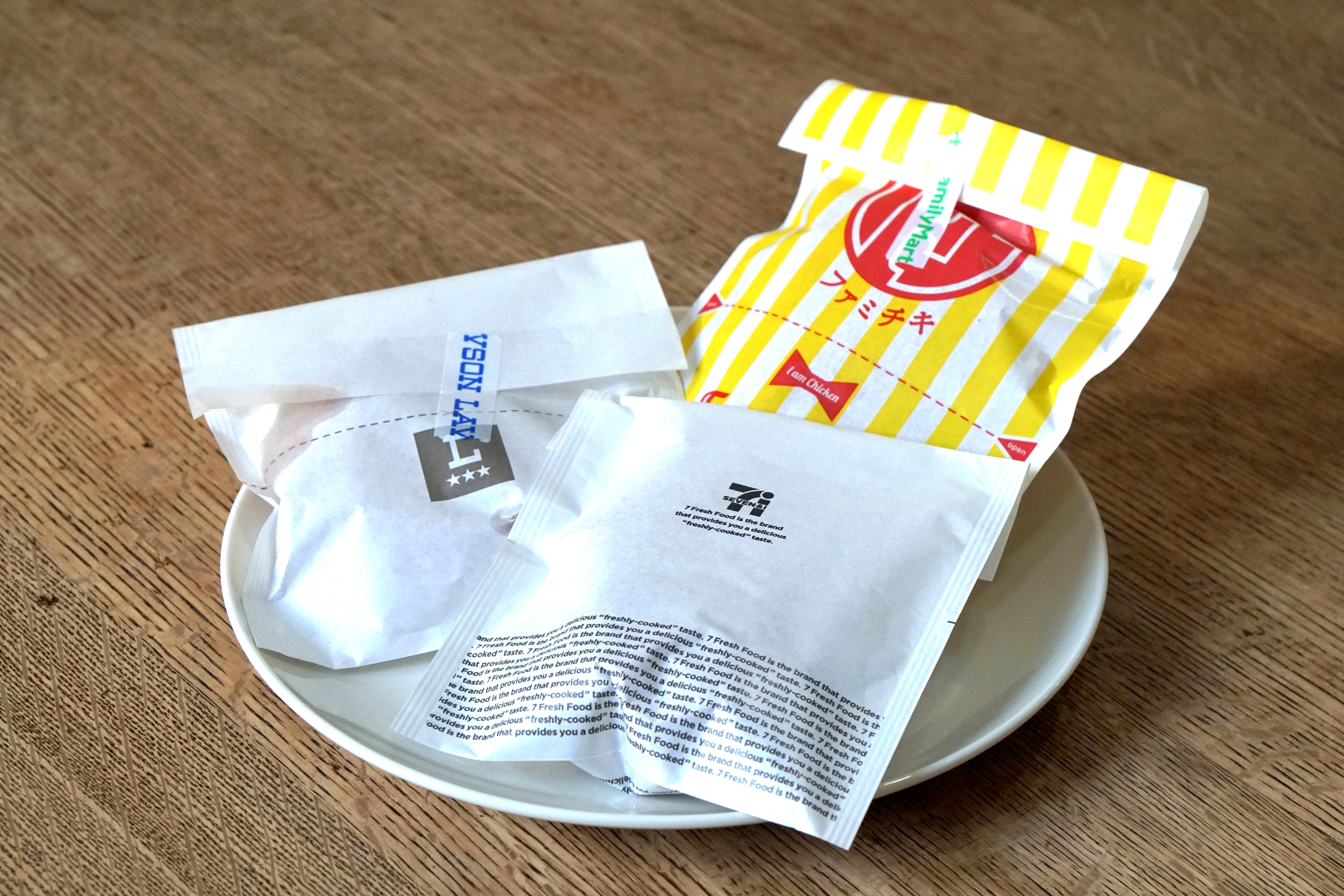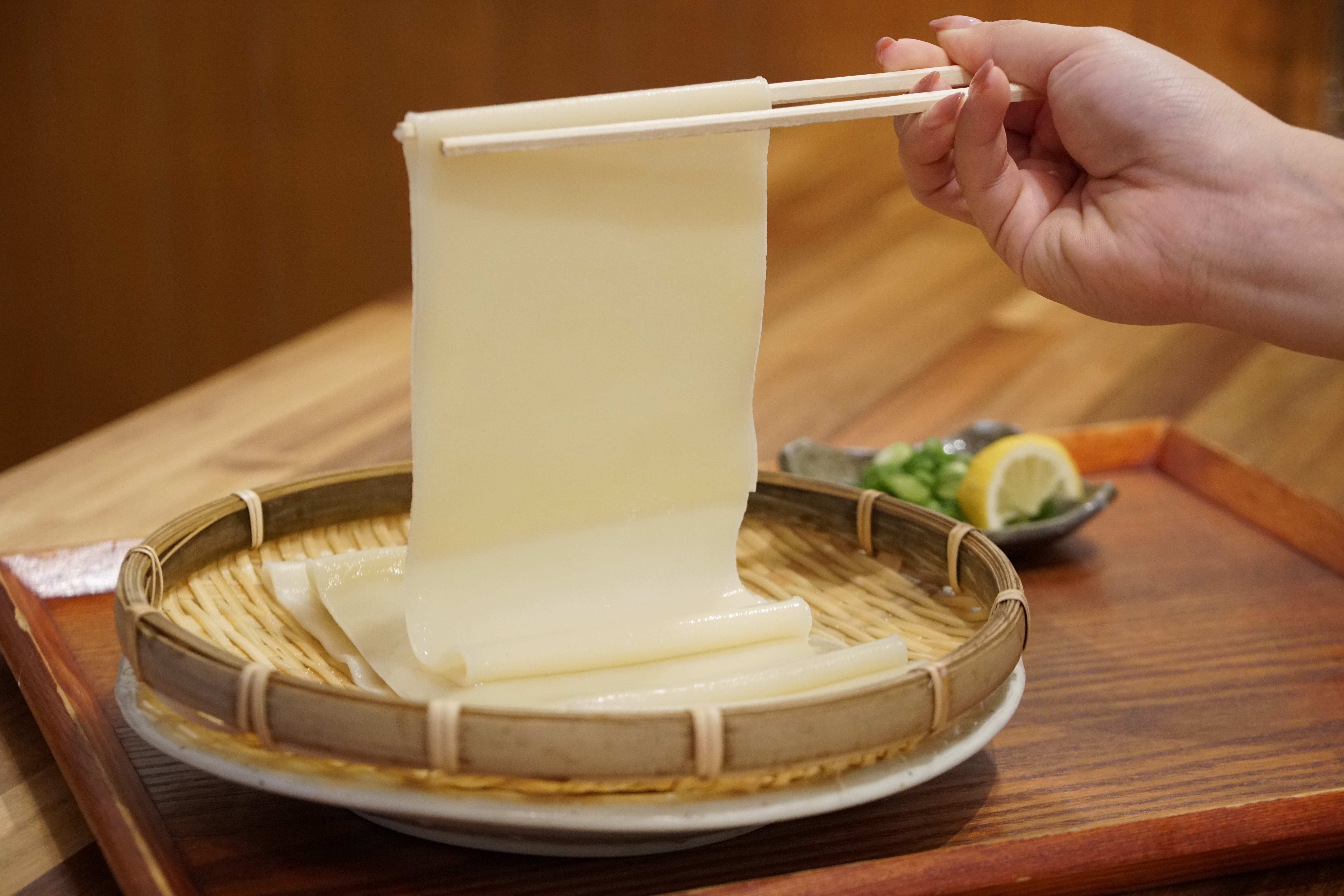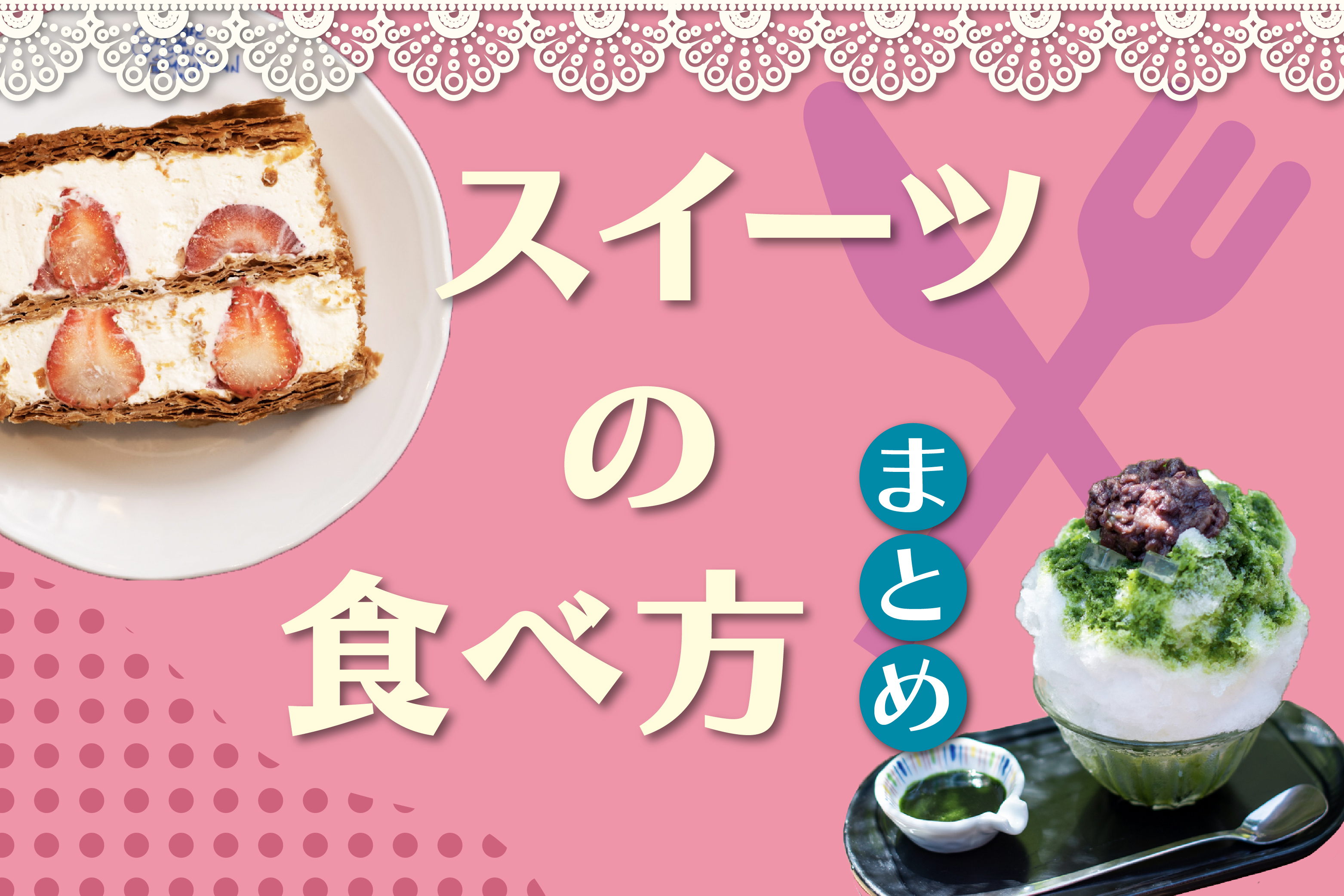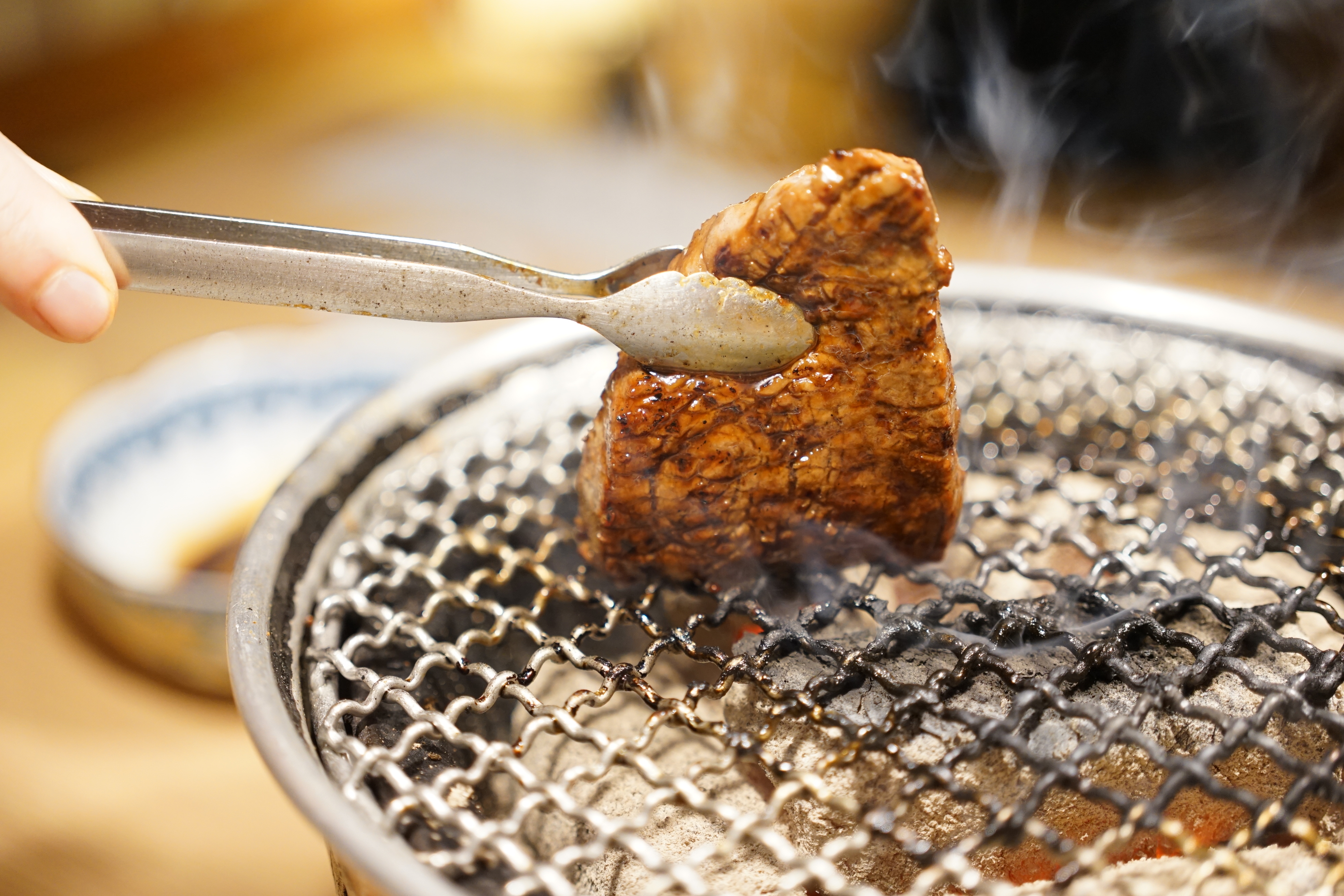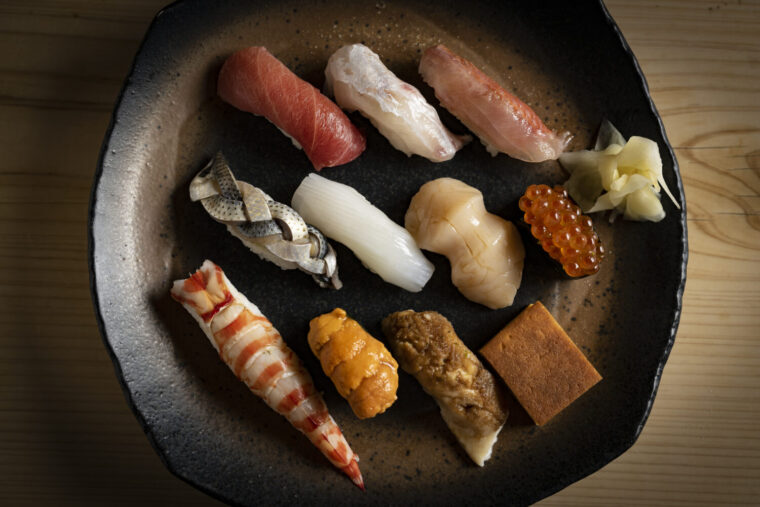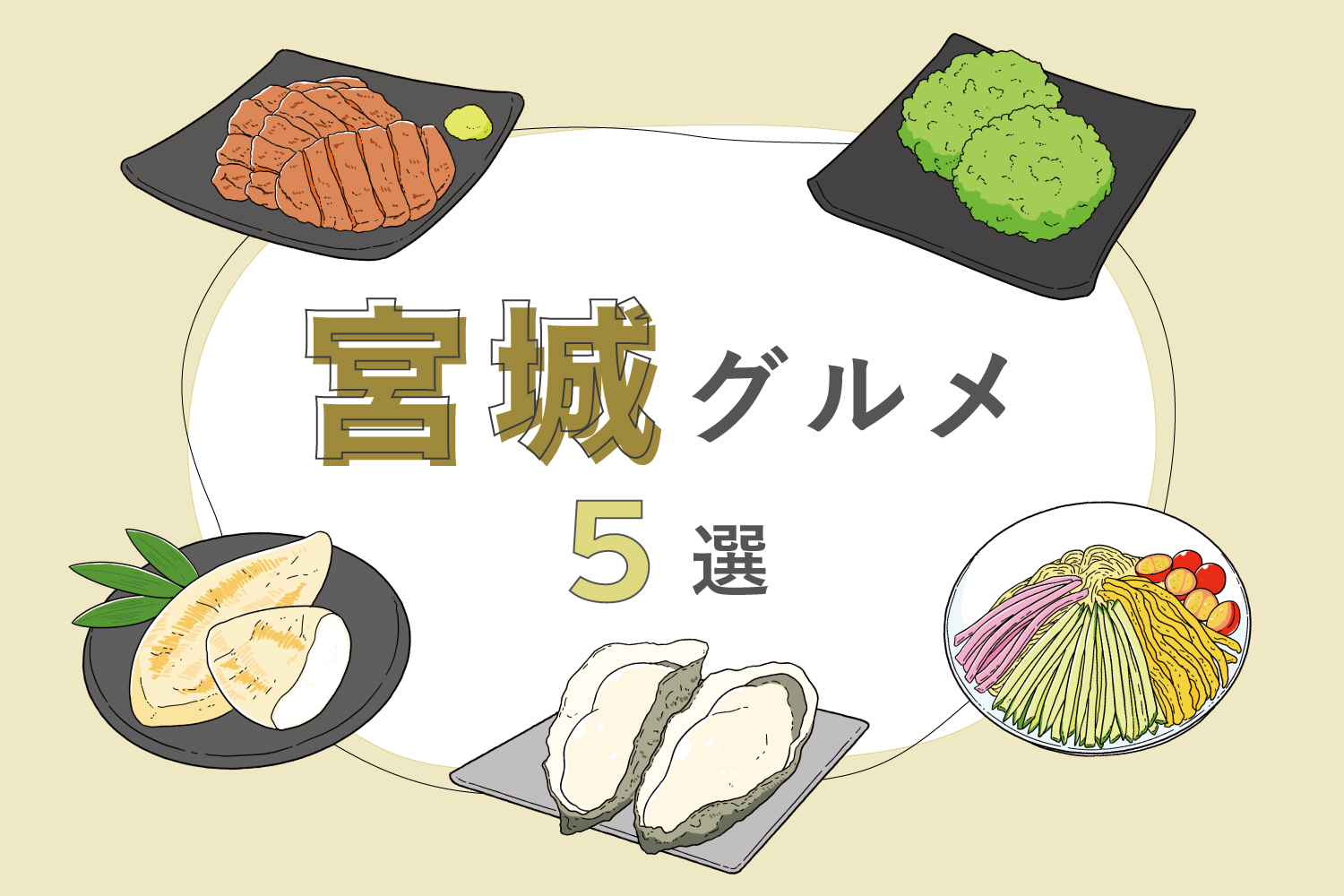
Top 5 Must-Try Local Foods in Miyagi: Zunda, Gyutan, Sasakama, Oysters, and Hiyashi Chuka
Miyagi Prefecture is also known as the center of the Tohoku region. Date Masamune, the feudal lord who built Sendai Castle, was famous for being a gourmet and is said to have been the first to popularize zunda mochi. Miyagi is also blessed with abundant seafood, with specialties such as sasakama (fish cake) and Matsushima oysters. In addition, popular dishes like gyutan (grilled beef tongue) and hiyashi chuka (chilled Chinese noodles) are also well-loved.
share:
Table of Contents
Light Green Paste “Zunda”
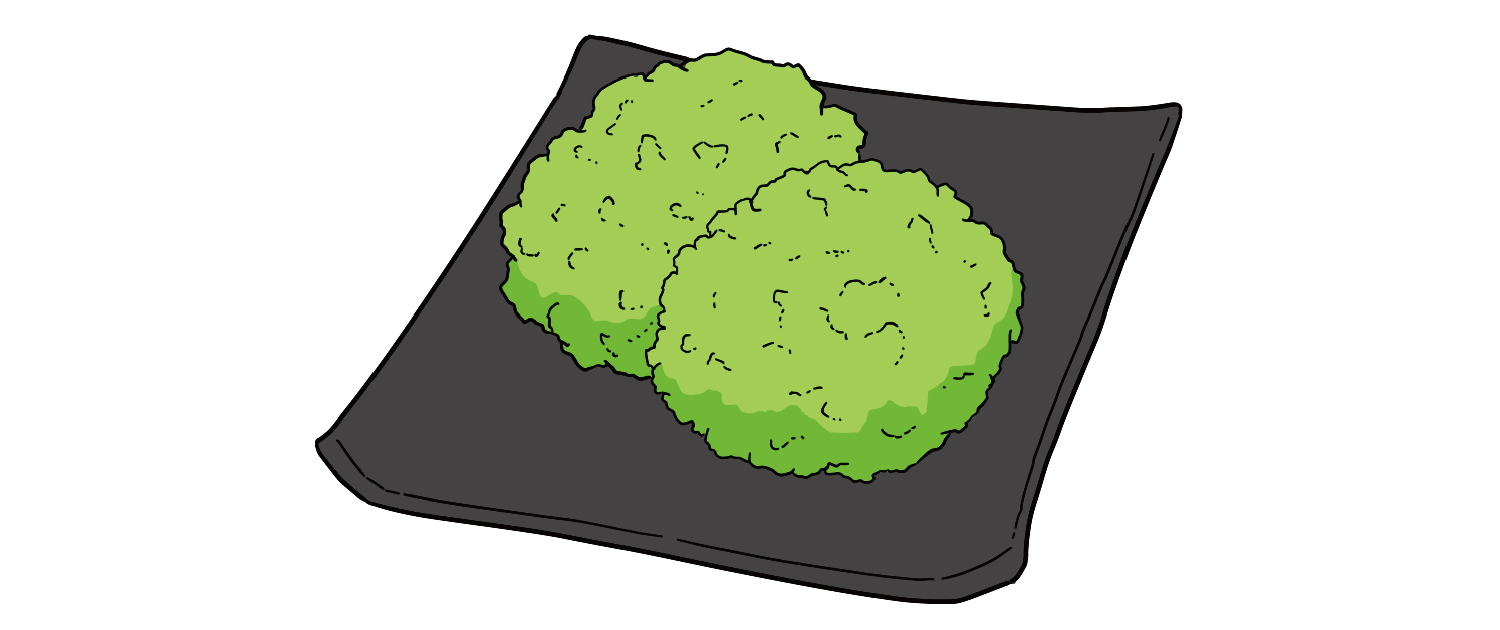
“Zunda” is a light green paste made by mashing boiled edamame. Since making zunda requires a bit of effort, some families used to prepare it together. One popular way to eat it is “Zunda Mochi,” where the paste is seasoned with salt or sugar and mixed with freshly pounded rice cakes or shiratama dumplings. Zunda is also used as a filling for daifuku, or even added to hot pots and ramen. Whether as a snack or side dish, zunda is a versatile food that lets you enjoy the fresh aroma of edamame.
A Tourist Favorite: “Gyutan” (Beef Tongue)

“Gyutan” refers to beef tongue. Thick slices are usually seasoned with salt and grilled over strong charcoal flames. Sometimes soy sauce or miso is used for seasoning. This style of “gyutan-yaki” (grilled beef tongue) is said to have originated in 1948 when a specialty restaurant opened in central Sendai. It is commonly served with white rice or barley rice, along with pickles and soup. Beyond grilling, gyutan is also simmered or used in soups, and new recipes featuring gyutan continue to be developed today.
Popular as a Snack or Side Dish: “Sasakama”
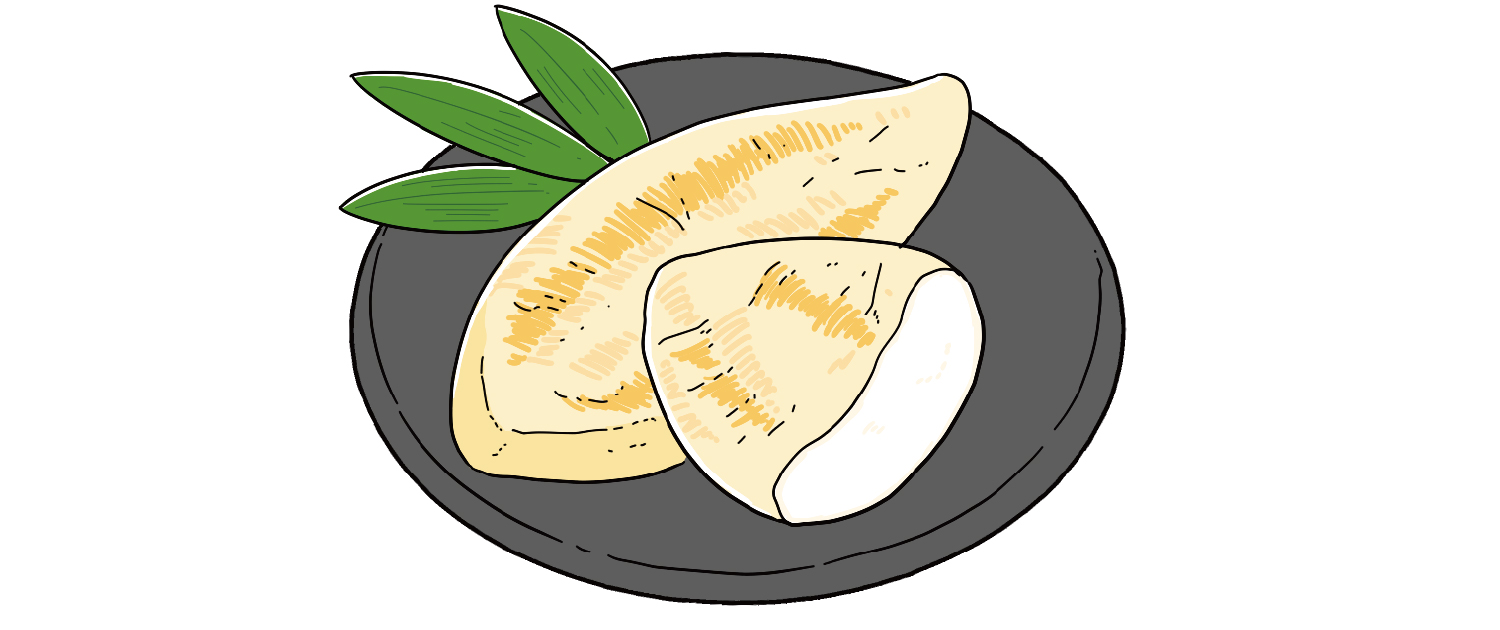
In the mid-Meiji period, when fishing was thriving in Miyagi, grilled fish cakes called “sasakama” were created as a way to preserve fish. The name “Sasakama” (bamboo leaf fish cake) was inspired by the crest of the Date clan, the former rulers of the Sendai domain. Today, Alaska pollock is the main ingredient, with the fish being processed into surimi (ground fish paste) and rapidly frozen right on the fishing boats. While delicious eaten as is, sasakama is also enjoyed deep-fried with seaweed or as tempura, offering many tasty variations.
300 Years of Tradition! “Matsushima Oysters”

Matsushima ranks among the top oyster producers in Japan. Oyster farming in Matsushima Bay began around 300 years ago. The bay benefits from the mixing of the Oyashio and Kuroshio currents, which carry nutrient-rich waters that create plankton-filled conditions perfect for oysters. These oysters have a plump texture and rich flavor. They are delicious with lemon or ponzu, and also widely enjoyed in fried oyster dishes and oyster rice. The best season to savor them is winter, when they are at peak flavor.
Colorful Toppings: “Hiyashi Chuka” (Chilled Chinese Noodles)
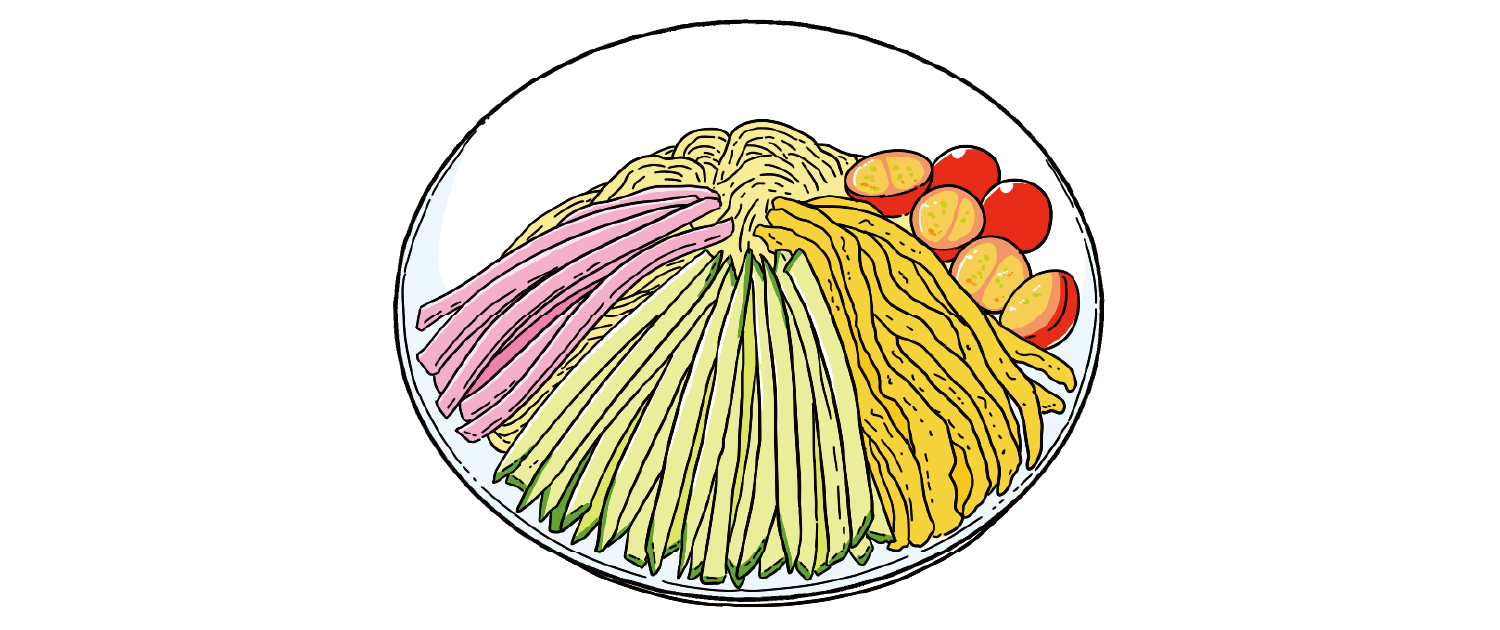
The origin of “Hiyashi Chuka” (chilled Chinese noodles) traces back to Sendai. Before air conditioning was common, Chinese restaurants sought a dish that could sell even during hot summers, and thus created hiyashi chuka. At first, it was considered a luxury, costing twice as much as regular ramen, but it quickly became popular for its refreshing taste. Originally topped with boiled cabbage and char siu, the dish has since evolved—now often featuring sliced ham, egg, cucumber, and other colorful ingredients depending on the restaurant.
*The information is based on the time of reporting or creation, and may differ from the current situation.
tags:
share:










